Per- and Polyfluoroalkyl Substances (PFAS)

Per- and polyfluoroalkyl substances (PFAS) are a class of chemicals that have been used in industry and consumer products for decades, and some continue to be used today. Certain PFAS, such as PFOA and PFOS, do not breakdown in the environment, can build up in living things, and can adversely impact human health and the environment.
Researchers at EPA and other health agencies are working to better understand how toxic or harmful PFAS are to people and the environment. This process includes conducting long, in-depth evaluations of a few specific PFAS, as well as shorter scientific studies that provide information about hundreds of PFAS.
Learn more about EPA’s research efforts on their website.
Where are they Found?
Exposure to PFAS is through a variety of sources, including contaminated drinking water, soil, dust, or air. PFAS are found in many consumer products due to water- and grease- resistant properties.
Examples of its use in products include:

Household & Personal Care Items
(certain floss, waxes, paints, stains, makeup, shampoo, etc.)

Non-stick Cookware

Stain Resistant Products
(certain carpets, rugs, clothes, furniture, etc.)

Firefighting Foams

Water Resistant Gear

Food
(such as fish from contaminated water or PFAS exposed livestock)

Food Packaging
What is NKWD doing about PFAS?
NKWD uses advanced treatment processes of granular activated carbon (GAC) and ultraviolet disinfection as part of a multi-barrier approach that also includes coagulation, sedimentation, filtration, and chlorine disinfection. The EPA has deemed that GAC is one of the best-available technologies for removing PFAS. The EPA indicates that GAC can remove 99% of PFOA and PFOS, but for other PFAS, the removal rate varies. NKWD takes drinking water quality very seriously and our water consistently meets State and EPA requirements. NKWD will continue to monitor this issue and will look to the State and EPA for further information and guidance.
You can learn more about NKWD’s Unregulated Contaminants Monitoring Rule (UCMR5) testing results, which was comprised of 29 different PFAS compounds, in our 2023 Water Quality Report.
What is the EPA doing about PFAS?
The EPA is conducting research to identify PFAS sources and occurrences in the outdoor and indoor environment, characterize how PFAS moves through the environment, and identify the relative importance of ways we might be exposed to PFAS. In 2023, the EPA conducted the most comprehensive monitoring effort for PFAS ever – testing water for 29 different PFAS (as well as lithium) at every large and midsize public water system in America, and at a nationally representative sample of small water systems.
In April 2024, the EPA finalized drinking water standards for six PFAS compounds including:
- PFOA
- PFOS
- PFHxS
- HFPO-DA (commonly referred to as GenX Chemicals)
- PFNA
- Mixtures containing two or more of PFHxS, PFNA, HFPO-DA, and PFBS (hazard index)
UCMR5 data for NKWD showed no detectable levels of these compounds in our finished drinking water.
More Information:
For more information, you can contact our Laboratory at (859) 441-0482.
Additional Resources:
- EPA's website
- EPA’s Safe Drinking Water Hotline at (800) 426-4791
- American Water Works Association’s sponsored website
